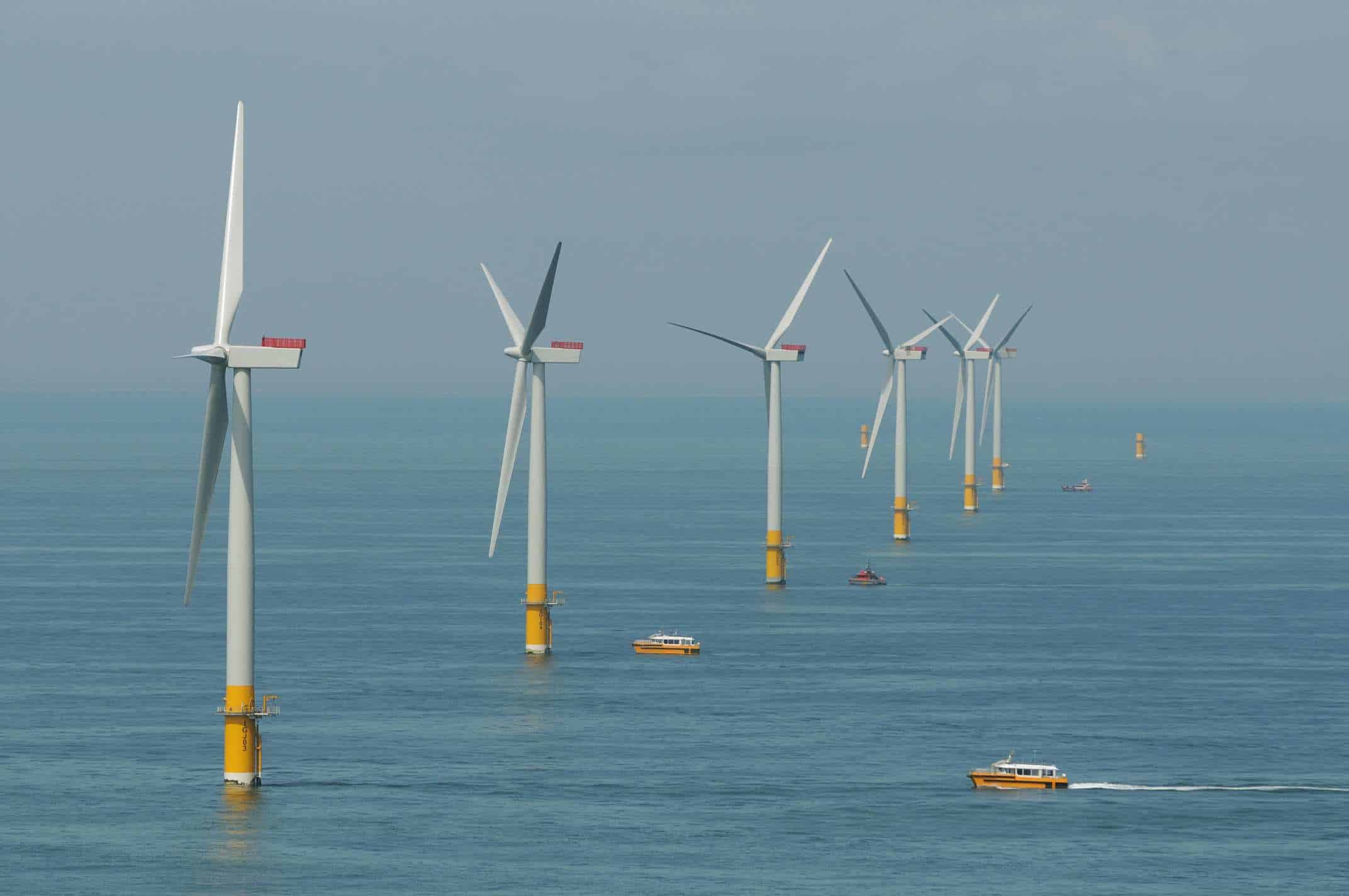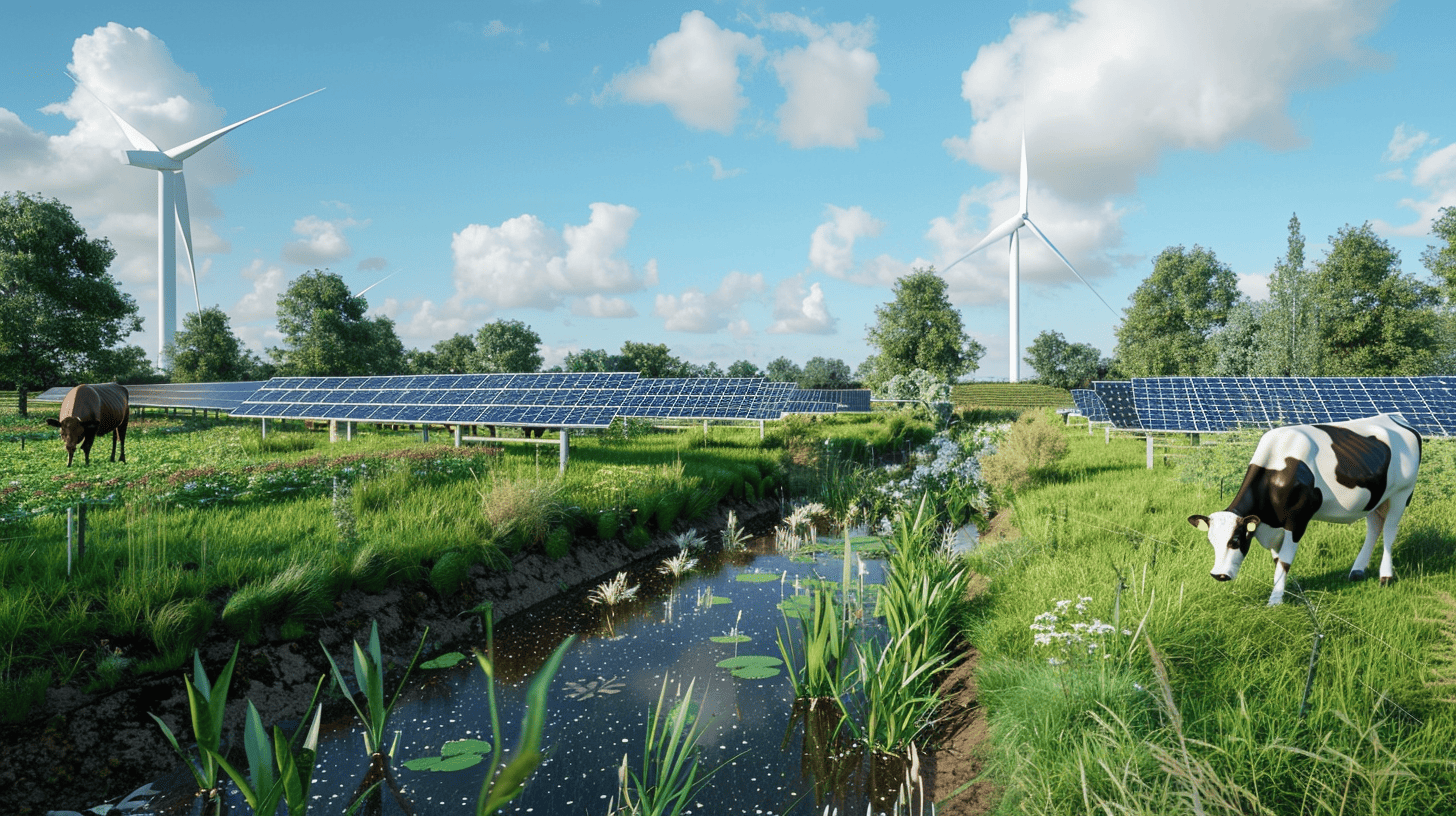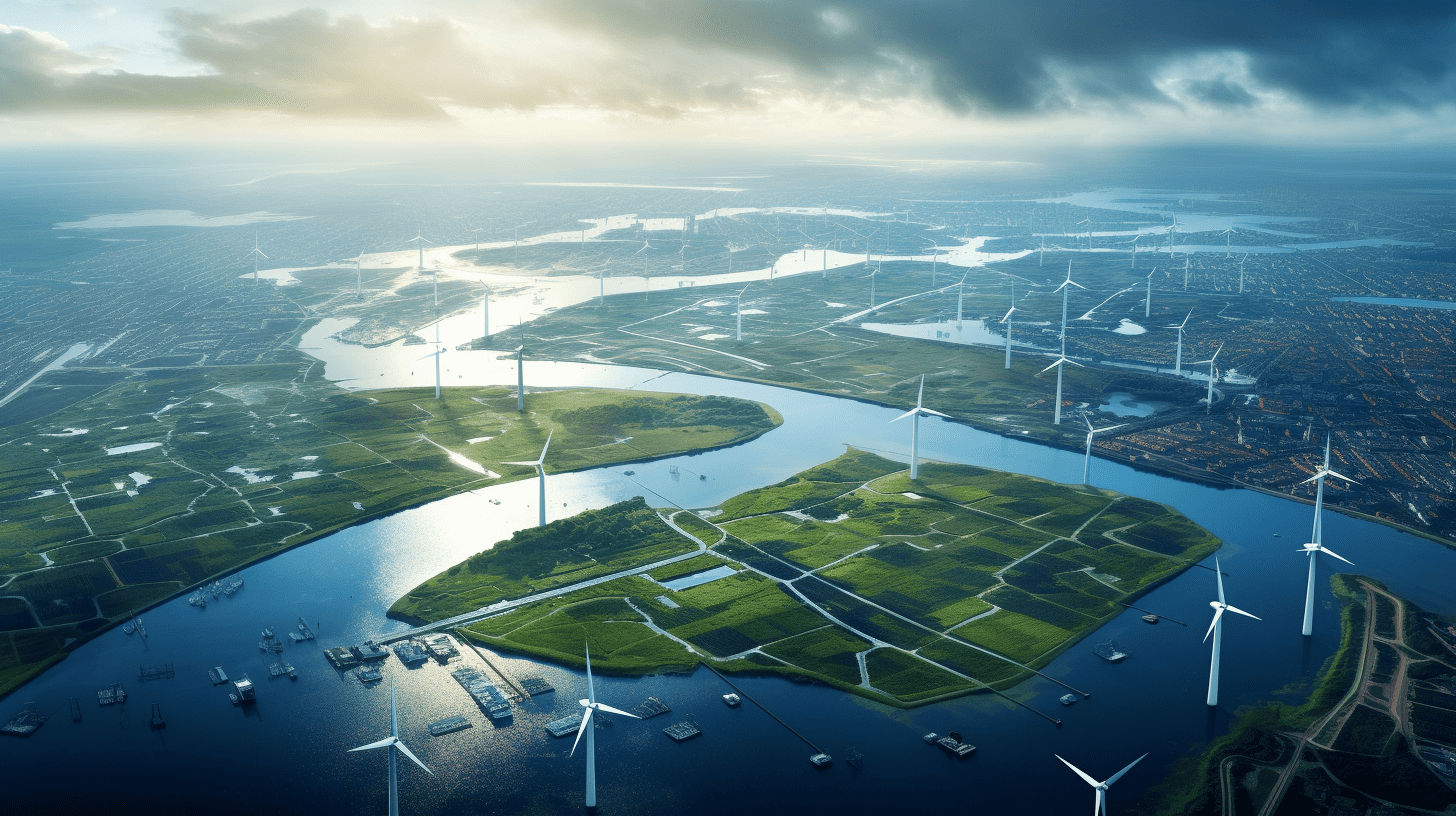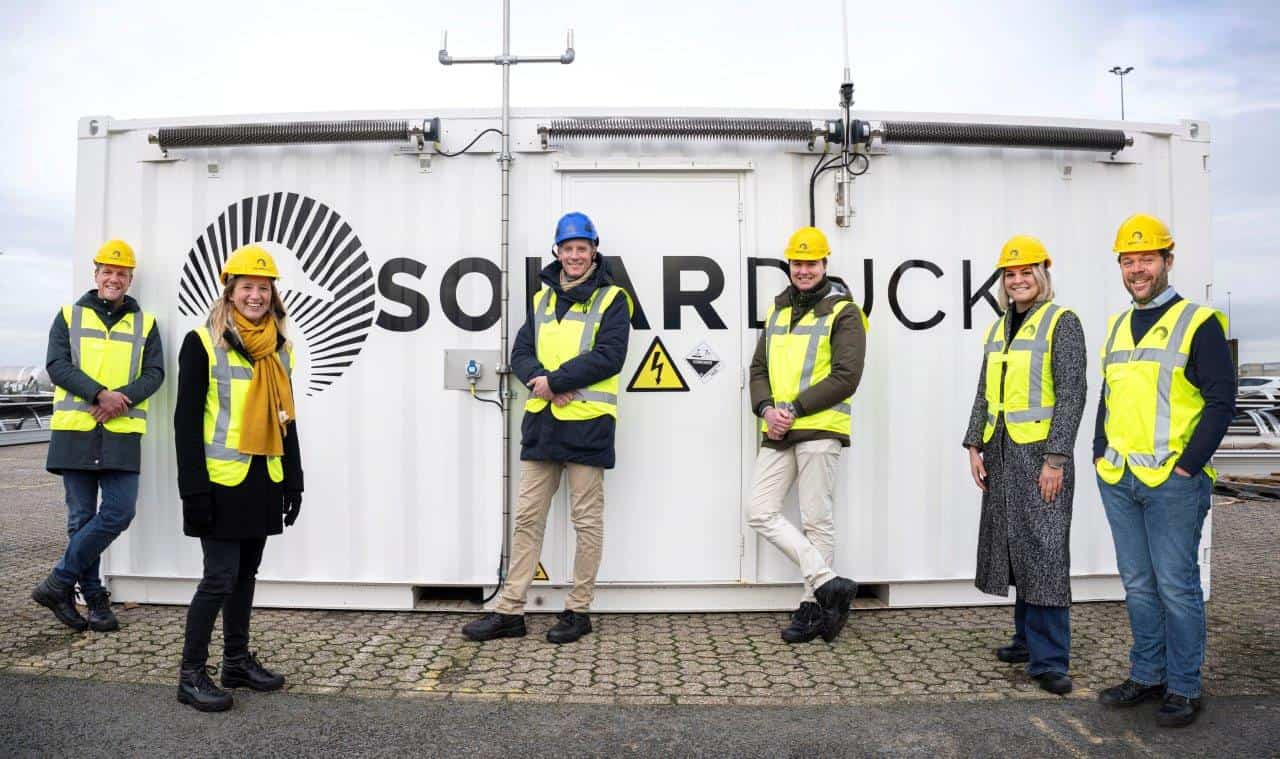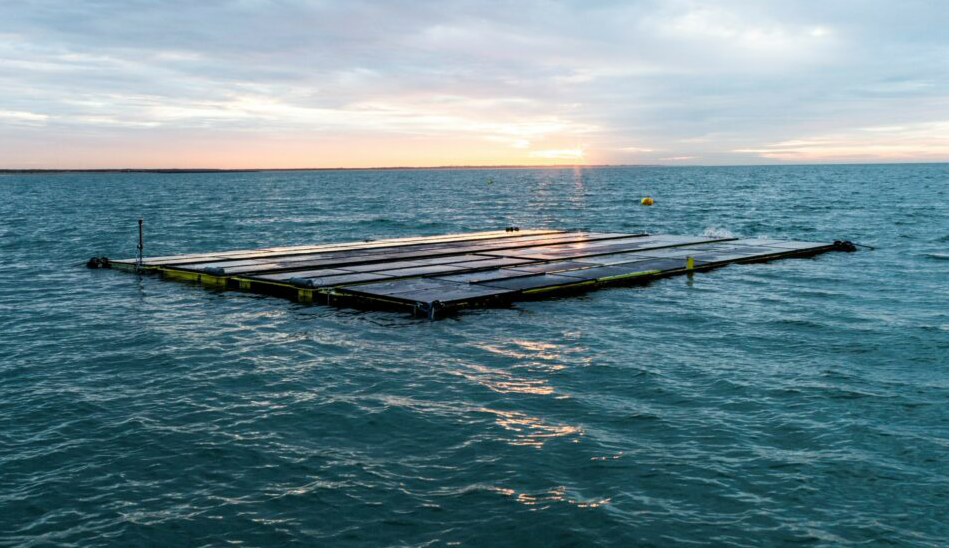
A floating solar park will be built off the coast of Belgium to generate electricity in addition to an existing offshore wind farm. It is part of a demonstration project to prove that energy parks generating electricity with a combination of solar, wind and wave energy are both safe and affordable. It is the first project of its kind worldwide to combine these technologies at sea.
Wind farms are sprouting up like mushrooms on the seabed. Floating solar power plants are no longer new. And wave energy is also being used more and more frequently. But nowhere in the world have these techniques ever been combined. EU Scores, a partnership of European companies and research institutions in which the Dutch Delft University of Technology, Oceans of Energy, SBM Offshore and Eneco participate, is changing all this.
Led by the Dutch Marine Energy Center (DMEC), EU Scores is developing two combined offshore energy parks. The first will be off the coast of Belgium, where Oceans of Energy will build a 3-megawatt floating solar farm on a test site near an existing wind farm. The second park will be in the Atlantic Ocean off the coast of Portugal, where CorPowerOcean will add a 1.2-megawatt wave energy installation to an existing floating wind farm.
These parks aim to demonstrate the benefits of combining the different generation technologies. It is already known that wind and sun complement each other well, as it is often windless when it is sunny and windy when it is cloudy. On land, wind farms are therefore increasingly being combined with solar meadows. The sea also offers the possibility of wave or tidal energy. This energy source is independent of the weather and thus capable of supplying a constant supply of energy.
Read more about the Portuguese wind farm with floating wind turbines here
A constant, reliable electricity supply
“With this project, we want to show that the oceans and seas can provide a constant, reliable electricity supply,” says Britta Schaffmeister. As director of the Dutch Marine Energy Center, she is a co-initiator of the project. “Now the main focus at sea is on wind. But the infrastructure we need for that is only used to a limited extent. Because when the wind blows hard, so much power is generated that the electricity grid can’t handle it and they actually have to be shut down. And if it’s not windy, the grid is not used at all.”
Combining multiple renewable sources in an energy park means that power is generated more evenly and consistently. It also reduces the cost per megawatt-hour. “The advantage is that you invest less for the same amount of energy. Plus, the grid is optimally utilized and there is no need for expensive, heavier cables. Because you can place wave energy and solar energy between the wind turbines, you need less space to generate more energy per square meter. The cost of installation and maintenance also goes down, because you have to make fewer maintenance trips.”
Cost reduction
The combination has many advantages, then, that can make renewable power cheaper. And that is necessary, says Schaffmeister. “Wind is easily financed, but implementing more innovative projects such as floating solar parks and wave energy is still expensive.” With these two demonstration projects, the companies want to prove that the combination is safe, which can also lower the financing costs.
The project will cost a total of €45 million, the lion’s share of which will come from European subsidies. A quarter will be contributed by the participating parties. The money will be used for the construction of the demonstration parks, scheduled to go online in September 2022. After that, the parties will collect and analyze data during the four years of the project.
Off to a flying start
The project partners want to use the collected data to create a blueprint for the whole of Europe, indicating where energy parks can be built and with which energy combinations. “We have three sources, solar, wind and waves. We look at which combination is best for which location. At one, you need more wind turbines combined with solar. At the other, maybe floating wind combined with wave energy.”
“The expectation is that the results from this project will give a flying start to the development of combined energy parks at sea. Governments are already asking for it and companies want it, too. We just need to prove that it’s safe and that the technologies don’t interfere with each other, but rather complement one another. Soon we’ll have the data to back this up.”
This article is from ChangeInc, with whom Innovation Origins has an editorial partnership.
Also interesting: Energy islands in the North Sea: good news for the climate and an opportunity for Dutch entrepreneurs




